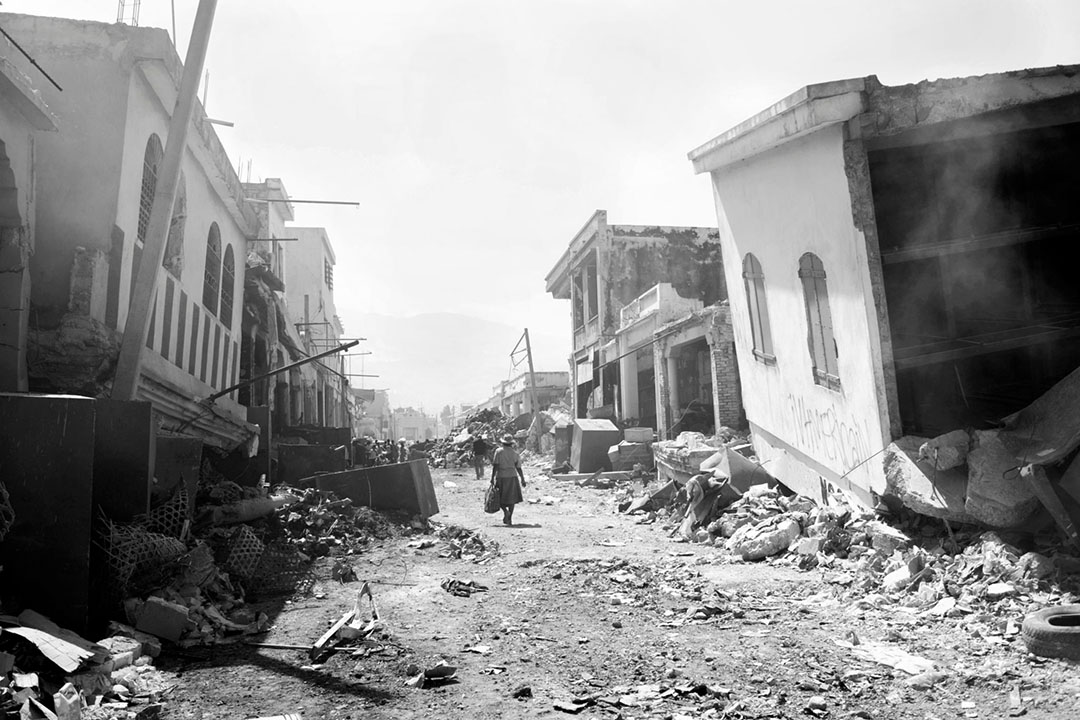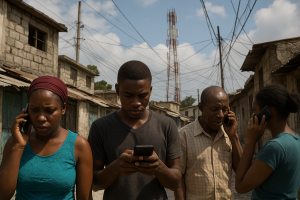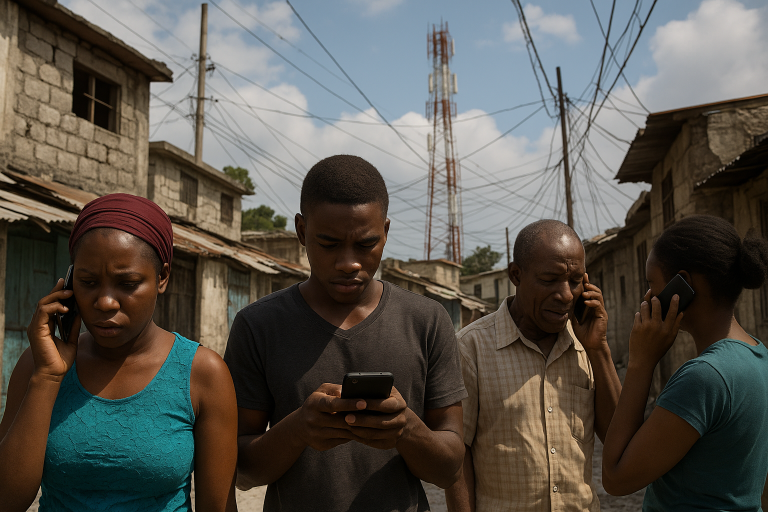The earthquake that struck Haiti on January 12, 2010, stands as one of the most devastating natural disasters in modern history. This catastrophic event left an indelible mark on the nation, resulting in unparalleled destruction and loss of life. In this blog post, we will unravel the reasons why the Haiti earthquake was so devastating, shedding light on the geological, societal, and humanitarian factors that converged to create this tragedy.
Location Matters – Tectonic Vulnerability
The Caribbean Plate Boundary
Haiti is situated near the boundary of the Caribbean and North American tectonic plates, a location known for its geological instability. The Caribbean Plate is slowly but continuously sliding eastward beneath the North American Plate, building up stress along the fault lines. When this stress is released suddenly, it can lead to catastrophic seismic events like earthquakes.
The Enriquillo-Plantain Garden Fault
The epicenter of the 2010 earthquake was located along the Enriquillo-Plantain Garden Fault, a major fault line that had been locked for over 200 years. When the fault finally ruptured, it released a tremendous amount of energy, resulting in the violent shaking that devastated Haiti.
Shallow Depth and Intensity
Shallow Focus Earthquake
What made the Haiti earthquake exceptionally destructive was its shallow focus. The seismic energy was released just 13 kilometers (8 miles) below the Earth’s surface. Shallow-focus earthquakes tend to cause more surface shaking, resulting in greater damage to buildings and infrastructure.
Intensity of Ground Shaking
The earthquake’s intensity was amplified by the proximity of the epicenter to densely populated areas, including the capital, Port-au-Prince. The violent shaking, combined with the lack of earthquake-resistant construction, led to widespread destruction of buildings, leaving countless people trapped in the rubble.
Vulnerable Infrastructure and Urbanization
Poor Construction Standards
Haiti’s buildings were particularly vulnerable to earthquake damage due to poor construction standards. Many structures lacked proper reinforcement, and there were no building codes to ensure earthquake resistance. This made even relatively moderate tremors a severe threat to human life and property.
Rapid Urbanization
The rapid urbanization of Port-au-Prince and other cities in Haiti led to the proliferation of poorly constructed buildings. As people flocked to urban areas in search of economic opportunities, informal settlements known as “bidonvilles” sprang up, often without proper infrastructure or safety measures.
Humanitarian and Health System Challenges
Limited Healthcare Infrastructure
Haiti’s healthcare infrastructure was ill-prepared to respond to a disaster of this magnitude. Hospitals and medical facilities were overwhelmed, and many were damaged or destroyed in the earthquake. The shortage of medical personnel, supplies, and equipment hindered the delivery of essential care to the injured.
Logistical Challenges
The earthquake’s impact on transportation and communication infrastructure created significant logistical challenges. Roads were blocked, airports damaged, and ports rendered unusable. This hampered the rapid deployment of aid and rescue teams to affected areas.
The Road to Recovery
International Response
In the wake of the disaster, the international community rallied to provide humanitarian assistance to Haiti. Relief efforts, including medical aid, food, and shelter, poured in from around the world. This assistance was crucial in the immediate aftermath of the earthquake.
Rebuilding and Resilience
Recovery and reconstruction in Haiti have been slow and fraught with challenges. While progress has been made, the legacy of the earthquake continues to shape the nation. Building resilience, improving infrastructure, and addressing long-standing societal issues remain ongoing priorities for Haiti.
The devastation wrought by the Haiti earthquake serves as a stark reminder of the profound impact that natural disasters can have on vulnerable regions. It underscores the importance of preparedness, resilient infrastructure, and international cooperation in mitigating the devastating consequences of such events. Haiti’s journey toward recovery continues to be a testament to the resilience and determination of its people in the face of unimaginable tragedy.












Add a comment